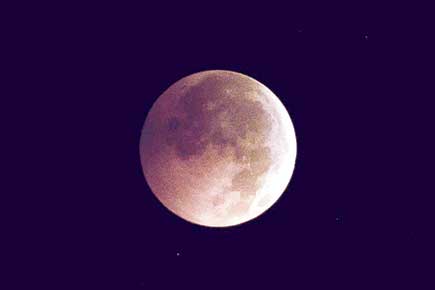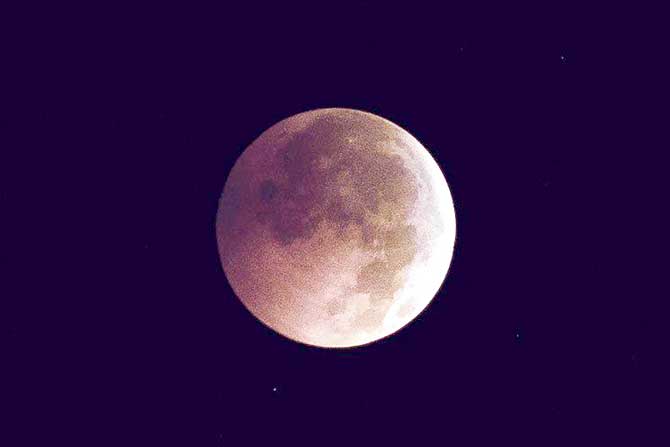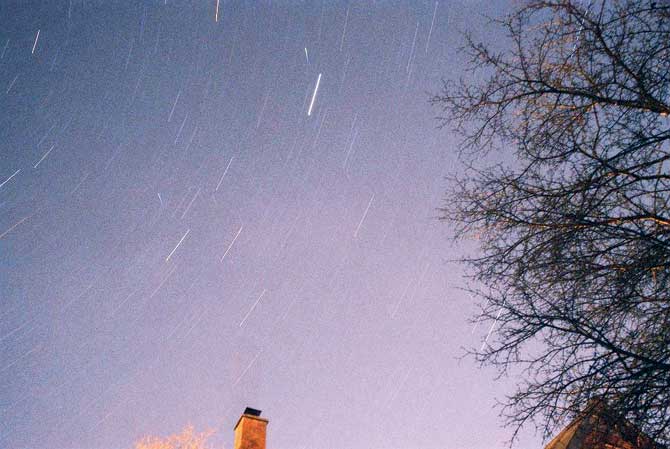Astronomy month kicks off with Pink Moon tonight, followed by occurrence of a 2,500-year-old meteor shower on April 22

 Pink Moon
Pink Moon
ADVERTISEMENT
Starting tonight, you will be able to enjoy April's astronomical gifts from the sky. The full moon, that will occur tonight, commonly referred to as the Pink Moon, marks the onset of spring. “Full moons have been considered a time of celebration,” explains Arvind Paranjpye, director of Worli's Nehru Planetarium.
They [full moons] are given special importance in a historical context as the moon is present in the night sky right from the time the sun sets, till it rises again the next day. April's Pink Moon derives its name from ancient American tribes as well as Greek mythology, who named it after the phlox flower that blooms around this time,” said Paranjpye, director of Worli's Nehru Planetarium.
Paranjpye also pointed out that the celebration of the Pink Moon is a phenomenon of countries in the Northern Hemisphere – such as India – as are other full moon celebrations such as the Hunter's Moon during which hunters in Britain go riding on horseback, chasing red foxes. The April full moon also marks the beginning of the Hindu Hanuman festival, and is significant in dictating religious holidays as well, because Easter falls on the first Sunday following the first full moon of the month.

The meteor shower
Lyrid Meteor Shower
An annual treat for skywatchers is the Lyrids Meteor shower—a periodic meteor shower that streaks across the sky every year between April 16 and April 25, one that is caused by space debris from the comet Thatcher, which orbits the Sun every 415 years. The meteor shower is named after the Lyra constellation, the radiant point from which the meteors spread out across the sky, and its first sightings by humans range back more than 2,500 years ago, making it one of the oldest celestial events man has witnessed.

The phlox flower after which the Pink Moon gets its name
"Lyra will rise on the night of April 22 around 10 pm, in the eastern part of the sky, and will be visible throughout the night," said Mayank Walia, Professor at the Tata Institute of Fundamental Research (Astronomy Department). "The Lyrids have a record of dating back to a time before Christ. On the night of April 22, we will have the best showers, the frequency of which will range from 5-20 meteors per hour. What is extraordinary about the Lyrids are that they come from a comet that is seen only once every 400 years, but which leaves behind a debris that you can see every year for 400 years."
A clearer view
What's interesting about this Lyrids Meteor shower is that it will occur at a time when the moon is waning and is closer to a 'new moon', a time when the sky will be darker as compared to the last two years when the moonlight played spoilsport and impaired visibility of these showers. The month comes to an end as astronomers all over the globe will celebrate World Astronomy Day on April 29.
 Subscribe today by clicking the link and stay updated with the latest news!" Click here!
Subscribe today by clicking the link and stay updated with the latest news!" Click here!






